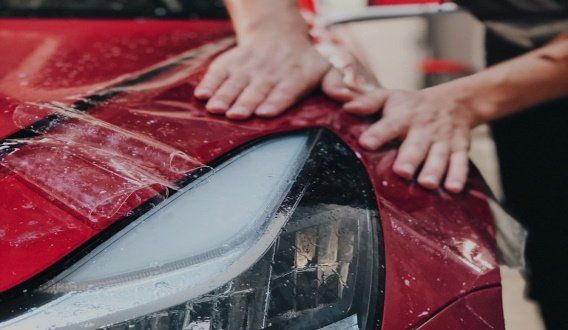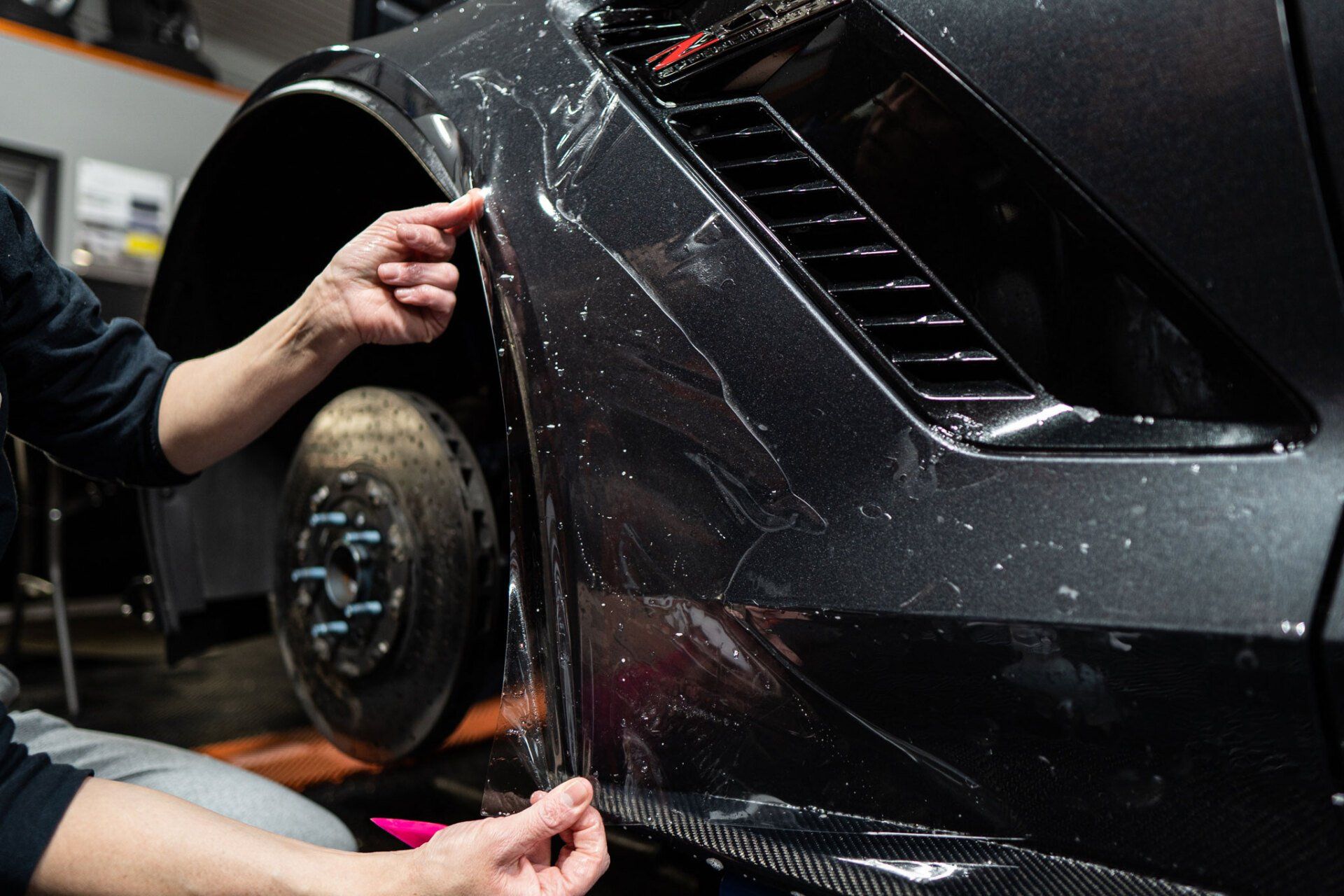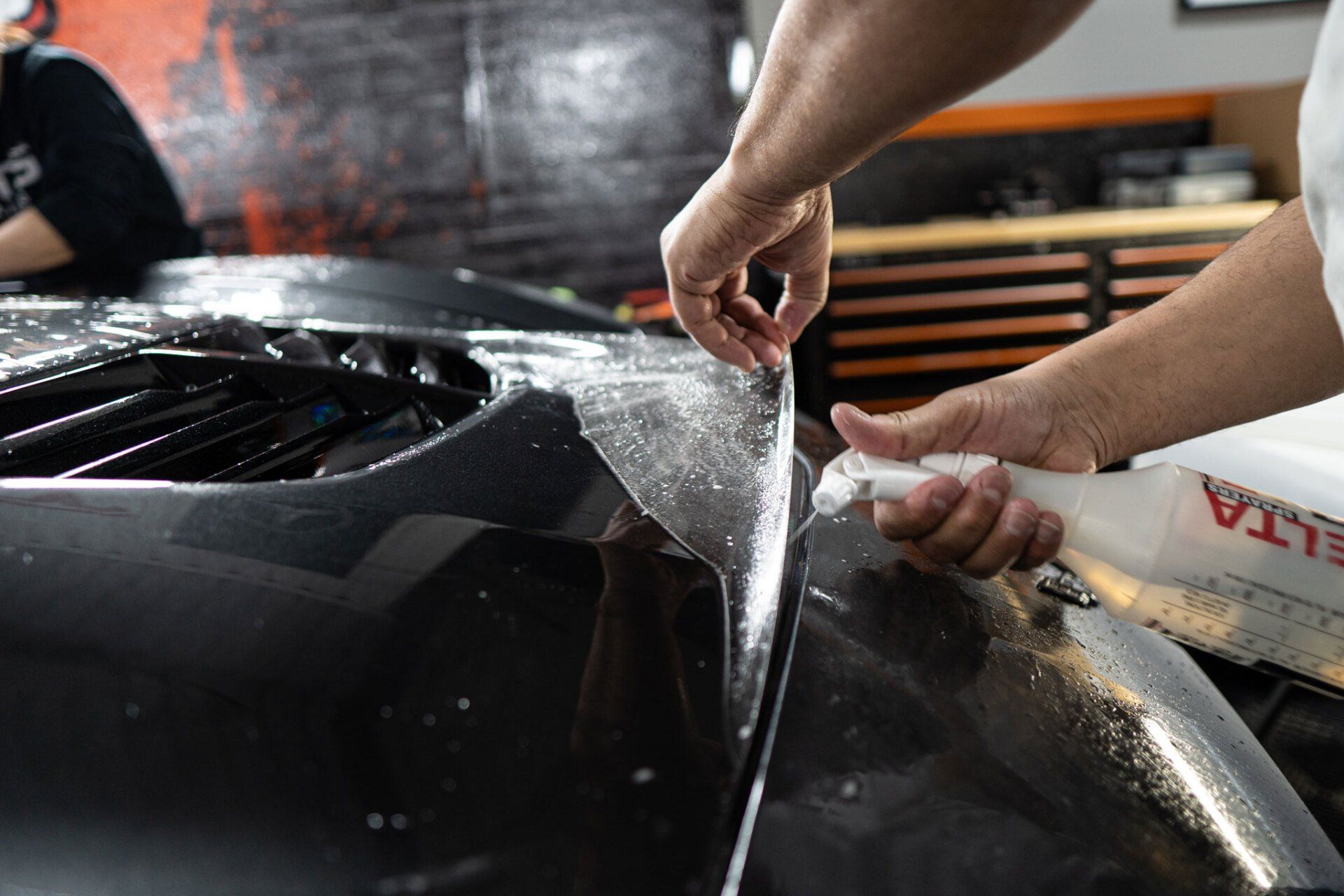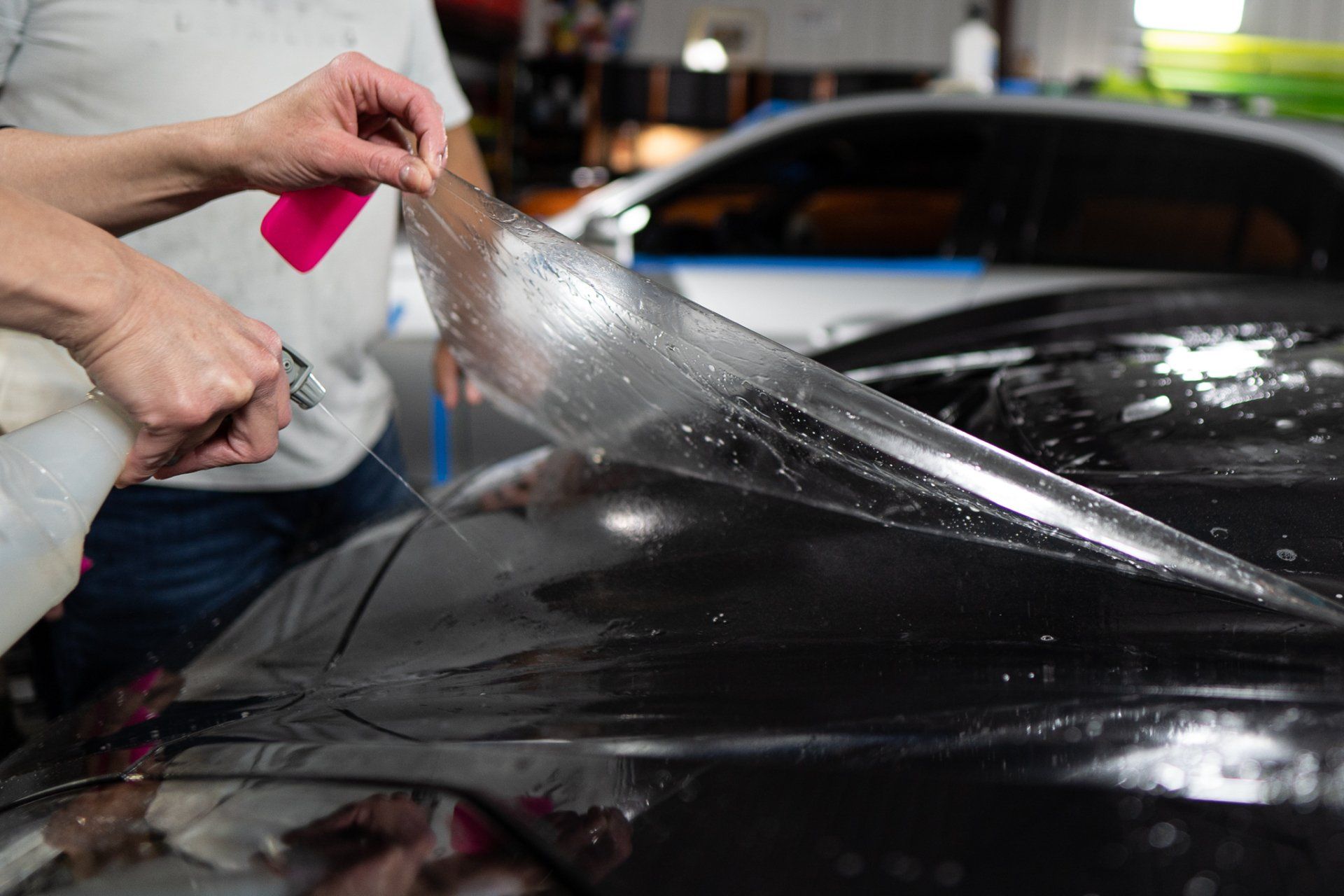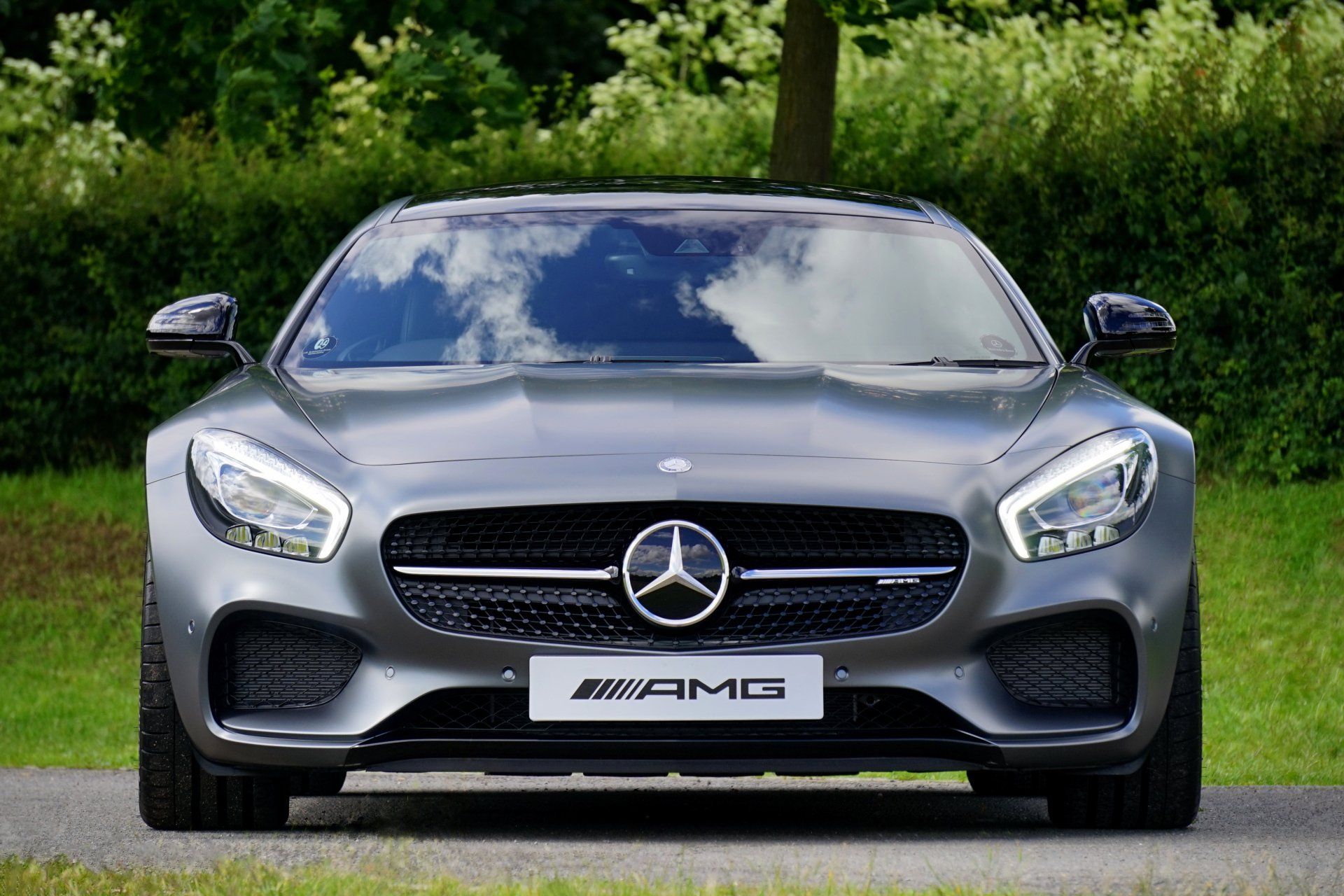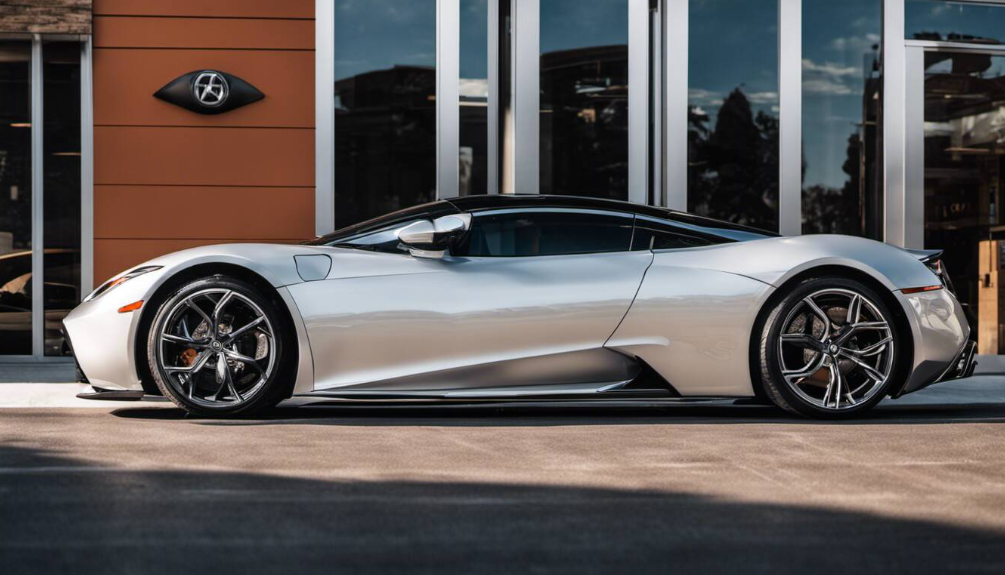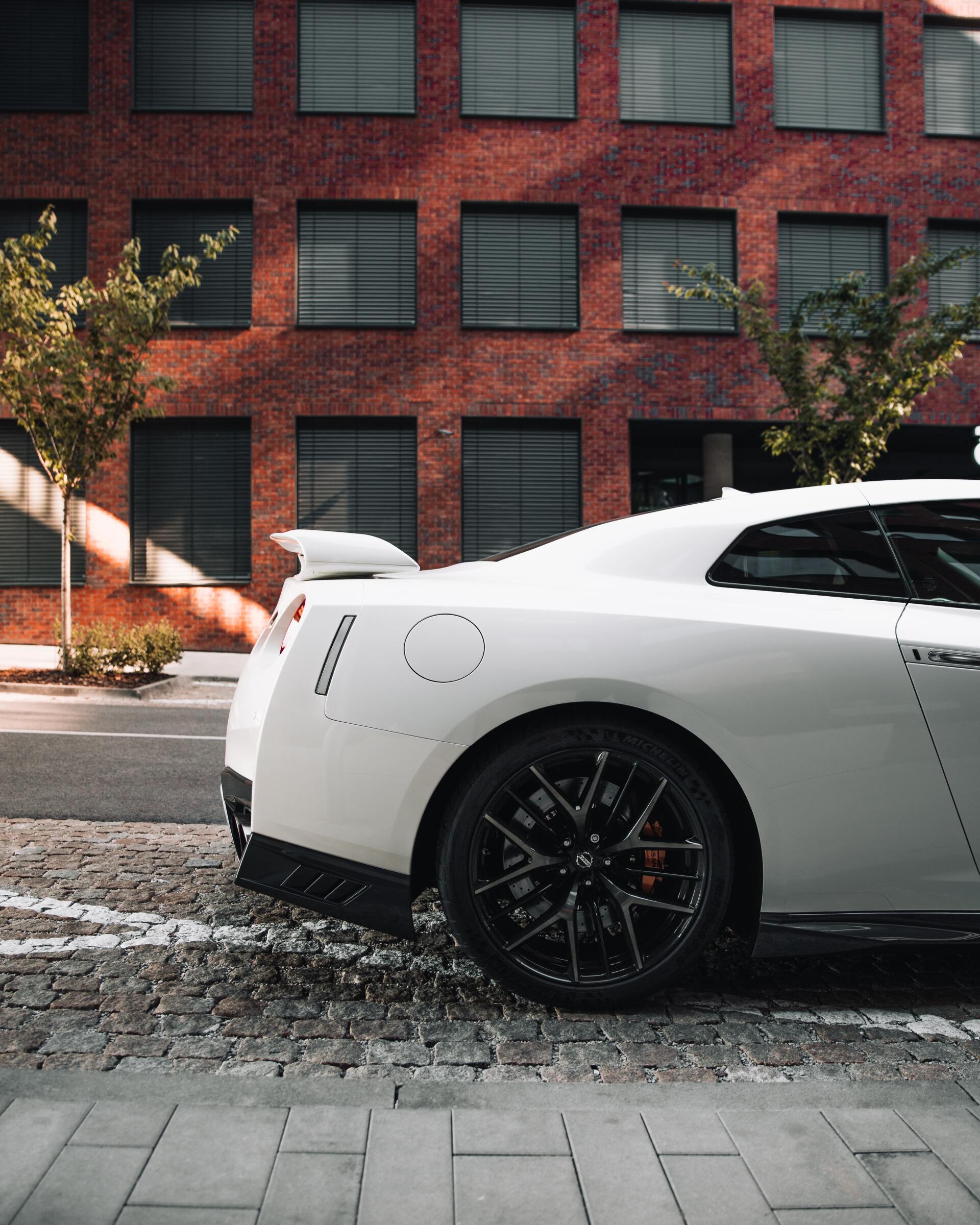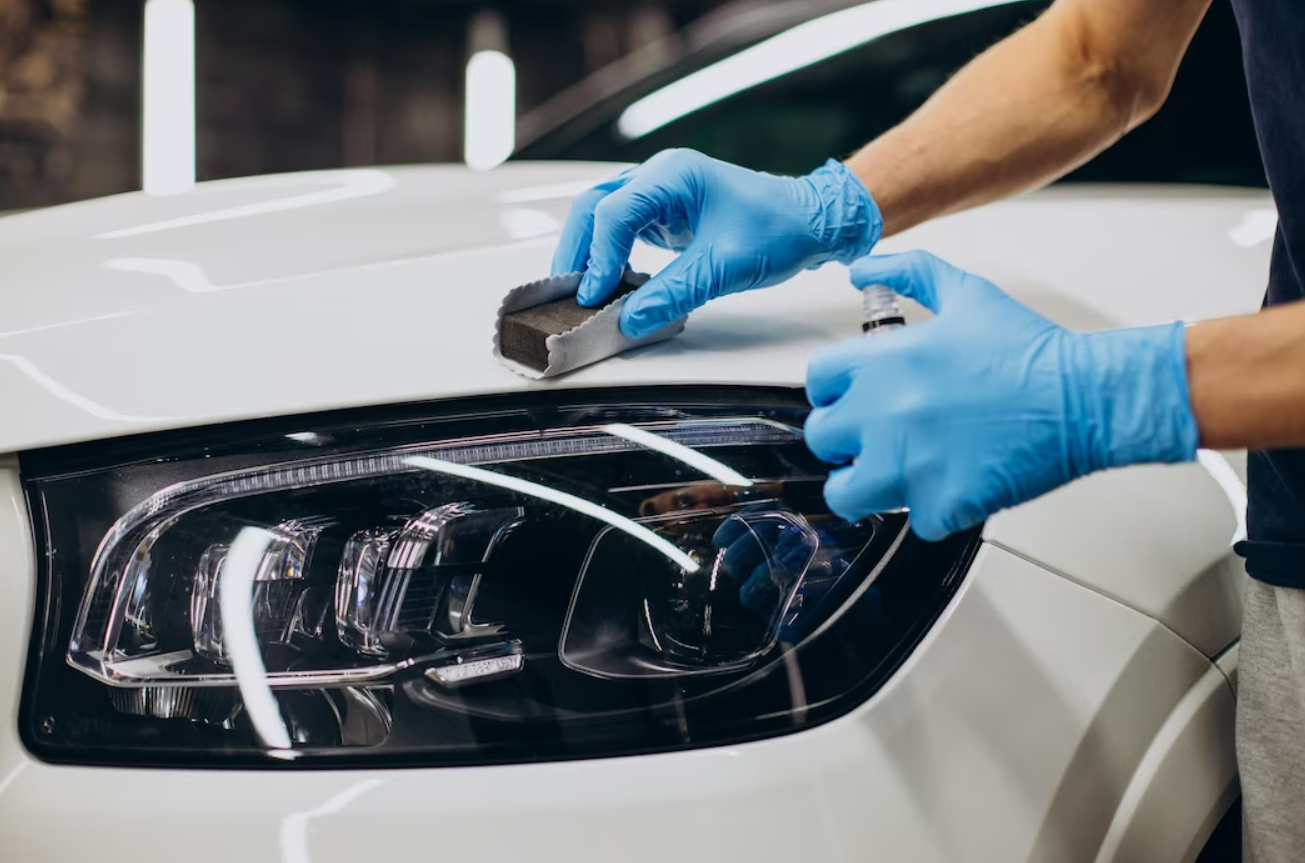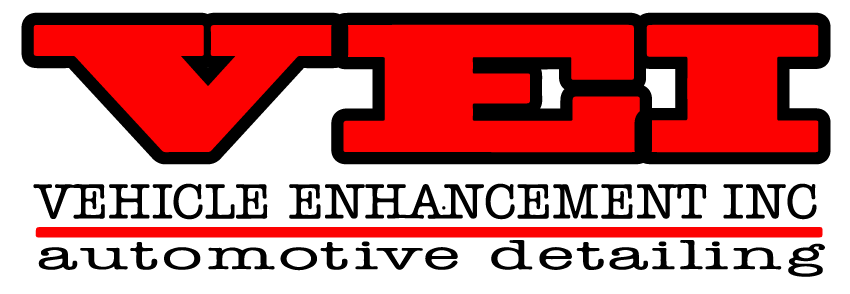Clearing the Air: Debunking Common Myths About Paint Protection Film
Paint protection film, or clear bra, is a popular choice among car owners looking to safeguard their vehicle's paint from chips, scratches, and other possible damages. However, there are several common myths surrounding PPF that need debunking. Let's explore some of these misconceptions and uncover the truth behind them.
Myth: Excessive Cost of PPF Installation
One prevalent myth about PPF is that the cost of installation is exorbitant, making it an impractical option for many car owners. However, this misconception fails to consider the long-term benefits and cost-effectiveness of PPF installation. While it is true that the initial investment in PPF can be relatively higher compared to other protective measures, such as regular waxing, it is crucial to view it as a long-term investment in your vehicle's protection. Consider a scenario where your vehicle sustains damage from road debris or encounters minor scratches. In such cases, the cost of repairing or repainting these areas can quickly add up and surpass the initial expense of PPF installation.
Moreover, high-quality PPF acts as invisible armor, shielding your car from environmental factors like UV rays and roadside debris. It can help preserve your vehicle's resale value over time and ultimately save you money on potential repairs. It is also important to note that pricing for PPF installations can vary depending on factors such as the size of the vehicle, the desired coverage area, and the reputation of the installer. While lower-priced options may be tempting, it is crucial to prioritize quality when choosing a provider for PPF installation. High-quality films typically come with warranties that offer peace of mind and ensure the longevity and effectiveness of the product.
Myth: Weather Impacts on PPF's Protective Abilities
One prevalent myth surrounding paint protection film is that weather conditions can diminish its protective capabilities. However, it's time to set the record straight. Today's advanced PPF is designed to withstand various weather elements, ensuring longevity and continued protection for your vehicle. Most paint protection films utilize UV-resistant technology that prevents yellowing even when exposed to prolonged sunlight. So, rest assured that your PPF will effectively shield your car from the damaging effects of both sunshine and adverse weather conditions.
Myth: Suspect the Durability of PPF
Some individuals express doubts about the durability of paint protection film and question its ability to effectively protect a vehicle's paint over an extended period of time. However, it's important to dispel this myth. High-quality PPF acts as an invisible armor, shielding your car's exterior from road debris, scratches, and UV rays. It possesses self-healing properties that enable it to repair minor scratches automatically. Additionally, if you ever need to remove the PPF for any reason, such as wanting a fresh new look or selling your vehicle, it can be easily done without causing any harm if left in the hands of professionals or using simple tools like a blow dryer or exposure to sunlight.
Unveiling Truths About PPF
Paint protection film has gained significant popularity among car owners in recent years as a reliable option for preserving their vehicle's paint and safeguarding it against chips and scratches. However, along with its rise in popularity, various misconceptions and myths have also surfaced. It's time to separate fact from fiction and unveil the truths about PPF. One common misconception is that PPF used to turn yellow when exposed to sunlight. While this may have been true in the past, today's advanced paint protection film is UV-resistant and designed to withstand sun exposure without yellowing. Most brands have made advancements in technology to ensure long-lasting clarity.
It's important to understand that PPF offers more than just scratch protection. Contrary to the belief that it simply acts as a shield against minor scratches, PPF actually has self-healing properties that allow it to repair and minimize the appearance of light scratches over time. When it comes to quality, not all paint protection films are created equal. High-quality PPF acts as invisible armor, effectively protecting your car from road debris, UV rays, and other elements. It is essential to choose a reputable installer who provides warranty cards confirming the use of high-quality materials.
PPF and Its Resistance to Climate Change
One of the common misconceptions about paint protection film (PPF) is its susceptibility to climate change. Some people believe that extreme hot or cold weather conditions can cause the film to degrade or lose its effectiveness over time. However, this is a myth that needs debunking. PPF is designed to be resistant to various climate conditions, including intense sunlight, high temperatures, and freezing cold. Advanced paint protection film technology incorporates UV resistance, ensuring that the film doesn't turn yellow or discolor even after prolonged exposure to the sun. This means that regardless of whether you live in a region with scorching hot summers or chilly winters, your PPF will remain durable and retain its protective properties.
PPF's ability to withstand diverse climates is essential for maintaining the longevity of your car's paintwork. It serves as an invisible shield, guarding against environmental elements such as road debris, tree sap, bird droppings, and harsh weather conditions. By understanding this important aspect, car owners can confidently install PPF without worrying about climate-related challenges.
Misunderstandings About PPF Removal
When it comes to removing paint protection film, there are a few misconceptions that need clarification. Some individuals believe that removing PPF from their vehicle may cause damage to the underlying paint. However, this is not entirely accurate. Quality PPF is designed to have self-healing properties, allowing minor scratches or swirl marks on the film's surface to disappear naturally with the application of heat. The removal process itself can be straightforward if done correctly by professionals who understand the techniques involved.
It's important to note that attempting DIY removal without proper knowledge and tools may lead to unintended consequences. Applying heat using a common blow dryer or parking your car in direct sunlight can make the adhesive more pliable for easier removal. However, seeking professional assistance ensures a safe and efficient process, minimizing any potential risk to the paint finish. By dispelling these misunderstandings and trusting reputable PPF installers, car owners can confidently explore the benefits of this protective solution without the fear of damaging their vehicle's paint during the removal process.
Differentiating PPF from Other Car Protection Options
When it comes to protecting the paint on your vehicle, there are several options available on the market. Understanding the differences between these options can help you make an informed decision and choose the best solution for your needs. One popular option is paint protection film (PPF), which stands out from other car protection options in a few key ways.
Let's first compare PPF with waxing, a traditional method of protecting vehicle paint. While waxing provides minimal protection and requires frequent reapplication, PPF offers a more robust and long-lasting shield against various forms of damage. The film's thickness and composition create a physical barrier that helps deflect small road debris, preventing scratches and chips. Paint sealants and sprays are alternative choices for car protection. These options offer more durable protection than wax and provide a glossy finish, but they still fall short compared to PPF. Unlike sealants that need periodic removal and reapplication, PPF bonds to the surface of your vehicle and remains in place for many years.
Nanoceramic coatings also provide vehicle protection, similar to PPF. Nano ceramic coatings offer excellent chemical resistance, UV protection, and ease of cleaning. However, abrasive contacts or improper washing techniques can still scratch them. In contrast, PPF is known for its exceptional scratch resistance due to its self-healing properties. In summary, while there are various car protection options available, paint protection film (PPF) offers a unique set of advantages. Its ability to resist scratches, impact absorption, longevity, and ease of maintenance make it an excellent choice for those looking to maintain the appearance and value of their vehicles in the long run.
Trusted Paint Protection Film Experts in Dayton, Ohio
Secure your vehicle's pristine appearance with Vehicle Enhancement Inc.,
Dayton's trusted paint protection film experts. With a commitment to excellence and unparalleled expertise, our skilled technicians specialize in the precision installation of premium paint protection films designed to shield your car from chips, scratches, and environmental hazards. Whether you're navigating city streets or embarking on cross-country adventures, our industry-leading solutions provide peace of mind and preserve your vehicle's resale value. Don't compromise on protection or aesthetic appeal; trust Vehicle Enhancement Inc.'s proven track record and dedication to customer satisfaction. Safeguard your investment and enjoy lasting peace of mind—schedule your paint protection film installation today and experience the ultimate protection that defines Vehicle Enhancement Inc!

